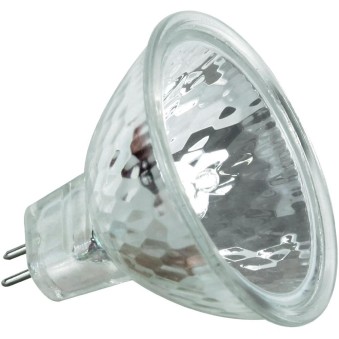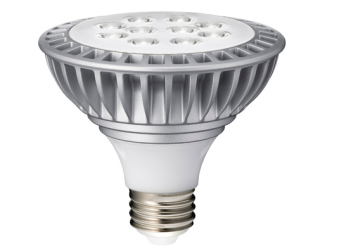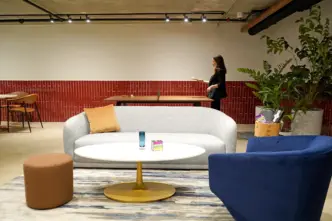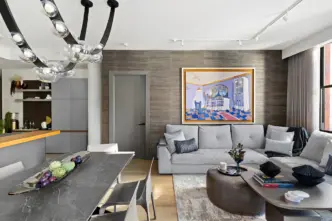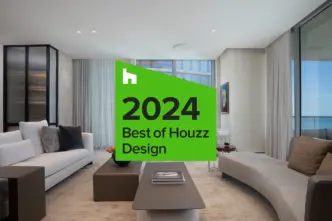Interior Design 101 – Light It Up: What To Know About Bulbs
As an interior designer, it is important to acquaint yourself with all of the different light sources in order to make the correct decision both for your home’s design and for your pocket.
Lighting selection is one of the most important features for an interior design plan. Let us help break down the specifics.
General Rules You Should Know (Think like a top interior designer):
Kelvin Scale (What color do you want the light bulb to emit?)
- 2700K: Yellowish, warm color hue
- 3500K: Perfect for commercial use; soft glow; not too yellow, not too bright
- 4100K: Used in parking lots; also for commercial use; bright
- 5000K: Makes a statement; very bright; whitish hue
IP Rating (Ingress Protection)
- IP Rating: A means of classifying fixtures’ ability to stop the infiltration of dirt and/or water.
- The first digit shows the extent to which the equipment is protected against particles such as fingers, hands, tools, wires, bugs, and dust. The second digit refers to the extent of protection against water entering the fixture.See complete IP Rating Chart here.
- Incandescent:
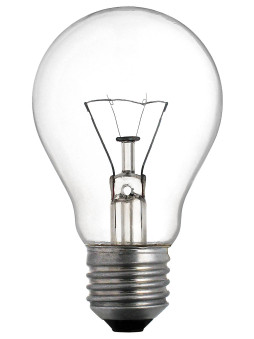 The greatest virtue of incandescent light bulbs is that they are the cheapest in the market. However, their lifespan consists of only 1,000 hours or less, making them quite inefficient in comparison to other technologies. They are also big energy “wasters”, as they emit only about 15 lumens per watt, using up most of the electricity in warming up the filament, so that only about 10% of the energy actually goes into emitting light. Since most of this electricity comes from coal-fired powered plants responsible for spewing greenhouse gases into the atmosphere, this light bulb is NOT eco-friendly.
The greatest virtue of incandescent light bulbs is that they are the cheapest in the market. However, their lifespan consists of only 1,000 hours or less, making them quite inefficient in comparison to other technologies. They are also big energy “wasters”, as they emit only about 15 lumens per watt, using up most of the electricity in warming up the filament, so that only about 10% of the energy actually goes into emitting light. Since most of this electricity comes from coal-fired powered plants responsible for spewing greenhouse gases into the atmosphere, this light bulb is NOT eco-friendly.
Compact Fluorescent (CFL)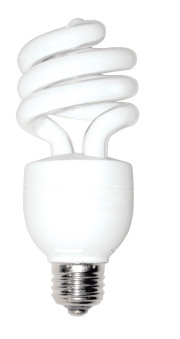 : Compact fluorescent light bulbs are a better option than incandescent light bulbs, and can last up to 8,000 hours as opposed to only 1,000, making them at least 4-6 times more energy efficient. However, these bulbs contain a small amount of mercury that makes them potentially hazardous and difficult to handle, contaminating landfills and
: Compact fluorescent light bulbs are a better option than incandescent light bulbs, and can last up to 8,000 hours as opposed to only 1,000, making them at least 4-6 times more energy efficient. However, these bulbs contain a small amount of mercury that makes them potentially hazardous and difficult to handle, contaminating landfills and
 Halogen: Halogens are popular in vehicles and stadiums because they produce very bright light, but they are lso the HOTTEST of all bulbs. Electricity heats up the tungsten filament to about 4,500 degrees Fahrenheit, so all of this translates to wasted energy, giving them a lifespan of only 2,500 hours.
Halogen: Halogens are popular in vehicles and stadiums because they produce very bright light, but they are lso the HOTTEST of all bulbs. Electricity heats up the tungsten filament to about 4,500 degrees Fahrenheit, so all of this translates to wasted energy, giving them a lifespan of only 2,500 hours.
- LEDs (Light Emitting Diodes)
 : LED is the most energy-efficient light source yet. In the United States only, lighting consumes more than 20% of the electric power generated each year. With that being said, the Energy Department has done countless studies in order to reduce their footprint, and LEDs have proven to be able to cut down consumption by up to 80%. They last approximately 50,000 hours – up to 20 times longer than existing technologies, and they have no filament that burns out.
: LED is the most energy-efficient light source yet. In the United States only, lighting consumes more than 20% of the electric power generated each year. With that being said, the Energy Department has done countless studies in order to reduce their footprint, and LEDs have proven to be able to cut down consumption by up to 80%. They last approximately 50,000 hours – up to 20 times longer than existing technologies, and they have no filament that burns out.
While LED lights are significantly pricier than regular incandescent light bulbs, take a look at this short breakdown:
- Incandescent = 60 watts (800 lumens of light) = $300/yr.
- Equivalent CFL = draws 15 watts = $75/yr.
- LED = draws 8 watts = $30/yr.
Now that we are better acquainted with light bulbs, it seems appropriate to highlight the importance of choosing only ONE light source per room. What do we mean? Well, simply put, having a warm light and a cool light in the same room does not allow for a good “lighting scheme”, so be sure to keep this in mind when making your selections.
Good luck!


